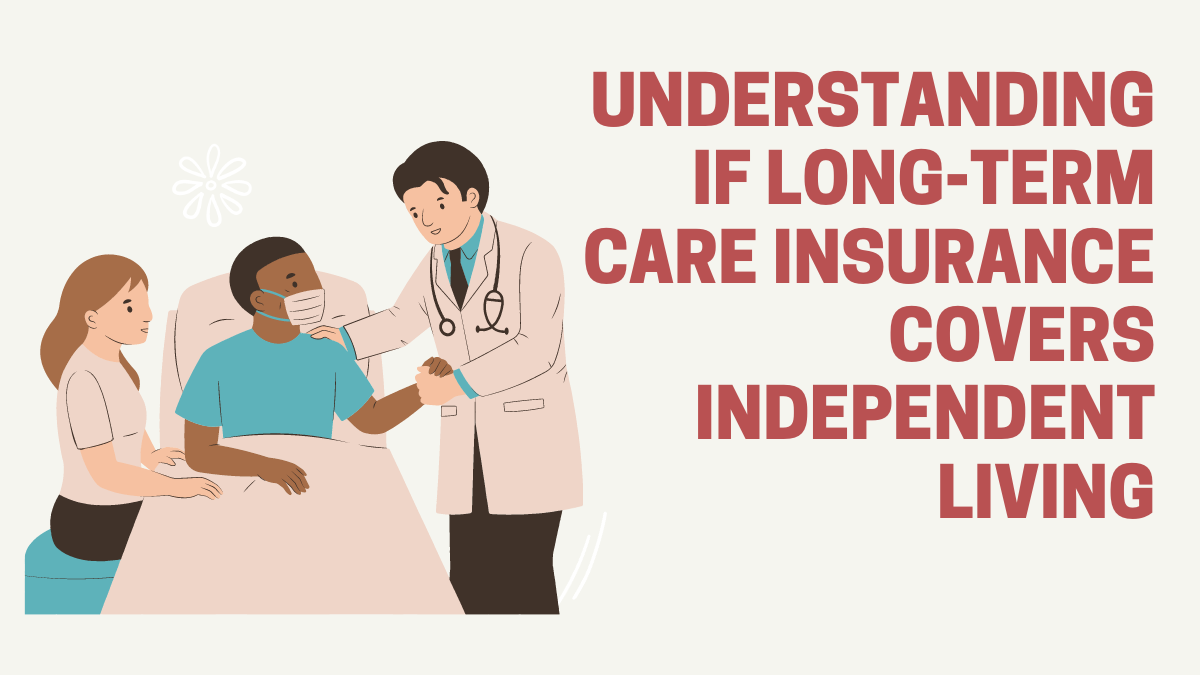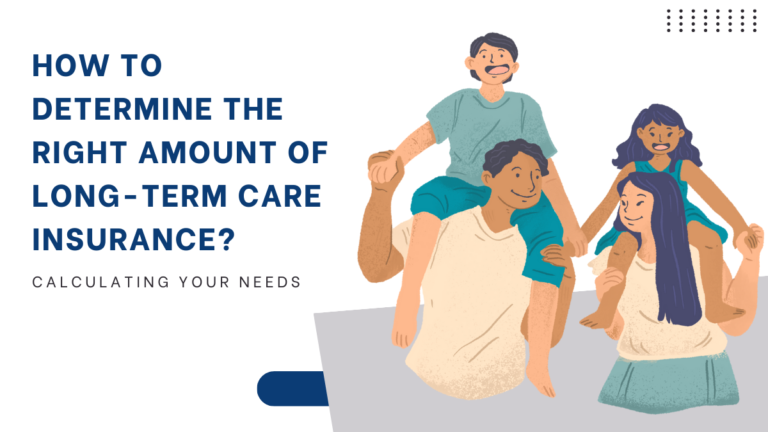Exploring the Fine Print: Understanding if Long-Term Care Insurance Covers Independent Living

Are you ready to embark on a journey into the world of long-term care insurance? Join us as we untangle the intricacies of this important coverage and shed light on a burning question: does long-term care insurance truly cover independent living?
It’s time to dive into the fine print, demystify the jargon, and equip ourselves with the knowledge needed to make informed decisions about our future. So fasten your seatbelts, because there’s no better time than now to uncover the truth behind this crucial aspect of our golden years!
Table of Contents
What is Long Term Care?
Long-term care insurance policies cover a range of needs, from full-time home health care to custodial care. The amount you pay depends on how much you need coverage and your specific policy details, but typically the premiums are relatively low and the benefits are plentiful. Here’s what you need to know to make sure that long-term care insurance covers everything you need it to.
If long-term care is needed, it’s important to speak with an advisor about options for coverage. Many people mistakenly believe that their spouse or parent is automatically covere if they turn 65 or older. This isn’t always the case; there are many factors to consider, like age and health status.

Depending on the type of policy you choose, your long-term care needs could be fully covered or only partially paid for. You also have the option of purchasing a life insurance policy that will provide financial stability in case access to your dollars becomes difficult later in life because of needing long-term care.
Make sure you understand all the important details of your policy before signing up – ask your advisor for help understanding the fine print so you can get the most comprehensive coverage possible.
Types of Long-Term Care
When most people think of long-term care, they envision a nursing home or condo for the elderly. However, long-term care can also refer to different types of services and facilities that cater to those aging in their own homes. These include independent living, assisted living, rehabilitation, and hospice care.
Independent living means residing in your own home but having some type of assistance from someone else. This might include help with Activities of Daily Living (ADLs), like toileting and bathing; personal care, like grocery shopping and cooking; or help with activities of daily life that are beyond your ability or want. Typically, these services are provided by a company hired by the resident’s insurance company as part of the policy’s coverage.
Assisted living is similar to independent living, except that it typically includes more direct supervision from a staff member or nurse. This type of residence is usually intended for residents who cannot live alone but still need some degree of assistance with activities of daily life. Assisted living facilities typically offer full support services such as meals and laundry, as well as 24/7 security monitoring.
Rehabilitation centers provide specialized assistance for individuals who have suffered a serious injury or illness. These centers may provide physical therapy, occupational therapy, speech therapy, and other types of assistance to help the resident return to his or her previous level of independence. Rehabilitation centers can be found in hospitals or nursing homes, but they are also available on an outpatient basis.”
What is an Independent Living Facility?
An independent living facility (ILF) is a type of residential care facility that provides short-term assistance with activities of daily living (ADLs) and provides supportive services such as assistance with meals, personal care, and recreational opportunities. ILFs typically offer less comprehensive level of care than a long-term care facility. With the aging population expected to increase in the coming years, there is greater demand for ILFs.
Most people who need an ILF are not eligible for long-term care insurance because they do not meet the definition of a long-term resident set by the Long Term Care Insurance Act of 1994. The requirements for being considered a long-term resident are: you must have been admitted to an ILF for at least 90 days; you must be a resident in your own right without any help from family or friends; you must be able to bathe, Dress, and Use the Toilet Alone; and you must have planned for your admission to an ILF.
There is no official count of how many people live in ILFs across the United States, but it is estimated that there are about 1,000 ILFs scattered throughout all 50 states. Inexpensive compared to other types of care, ILFs typically cost between $5,000 and $25,000 per month depending on the size and features of the facility.
Because residents usually only stay at an ILF for up to six months at a time, it’s important for ILFs to be able to quickly and easily transition residents to a more comprehensive type of care if their condition or health improves.
Does Long-Term Care Insurance Cover Independent Living?
Long-term care insurance can provide coverage for a person’s needs during and after they no longer can live independently. However, different policies may cover different aspects of independent living.
Some policies may only cover services that are provided in an institutional setting, such as nursing home care or assisted living. Others may cover a person’s basic needs, like food and shelter, while they are still able to live independently, but have provisions for additional care later on. It is important to read the fine print of a policy to understand exactly what it covers and what costs may be associated with it.

Conclusion
If you are planning on living in a retirement home or semi-independent residence after you stop working, it is important to be aware of whether your long-term care insurance policy covers this type of living situation. Long-term care insurance policies can vary greatly in their coverage, so it is essential that you research what is included before making a decision about whether or not to buy the policy.
In some cases, long-term care insurance may only cover in-home care and does not include expenses such as transportation or equipment needed for independent living. It is also important to understand exactly what services are being provided by the provider and make sure those services meet your needs and expectations.
If you have any questions about whether your long-term care policy includes coverage for independent living, please feel free to contact us at our office. We would be happy to help guide you through the paperwork necessary to purchase this type of coverage.






